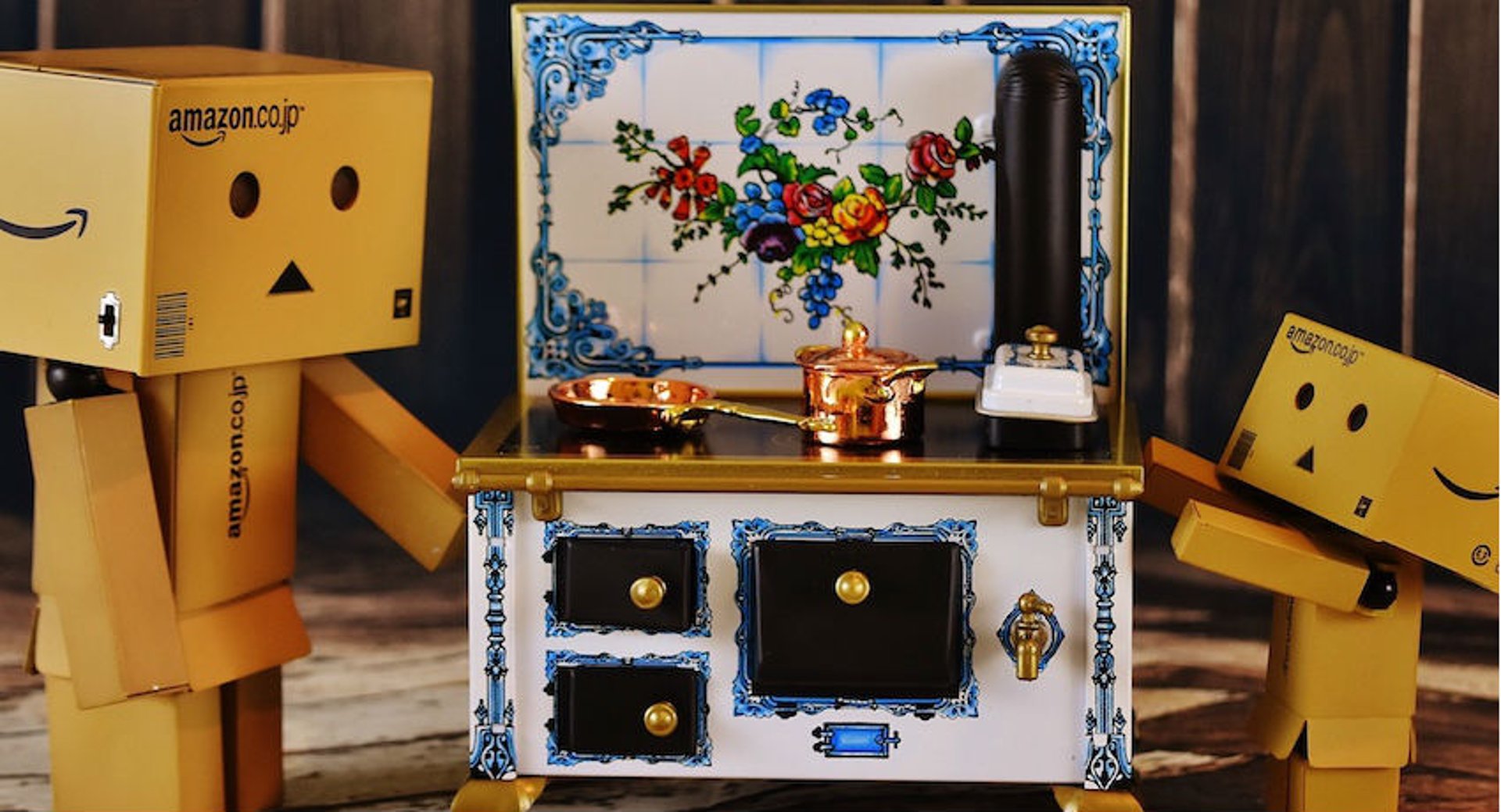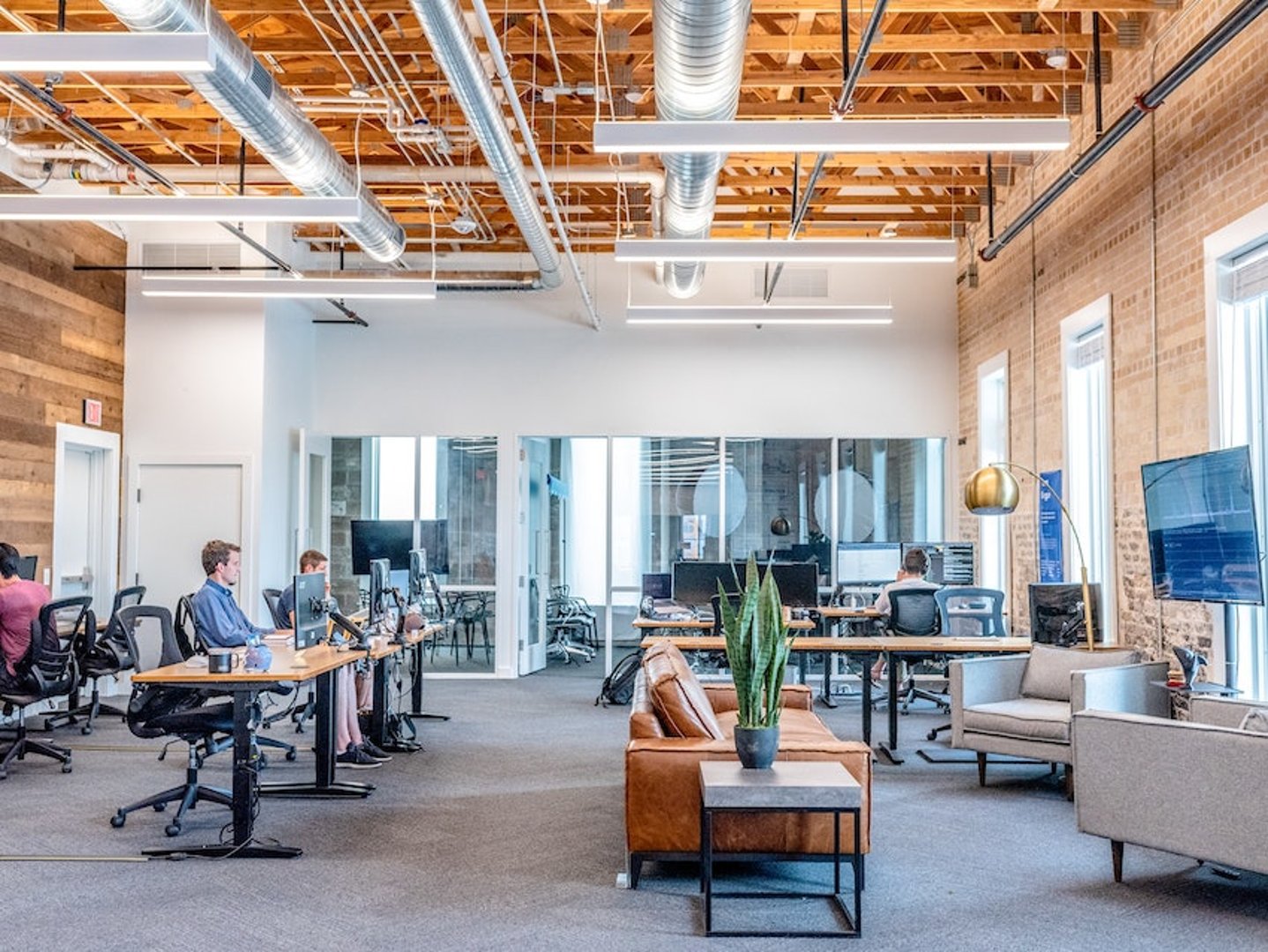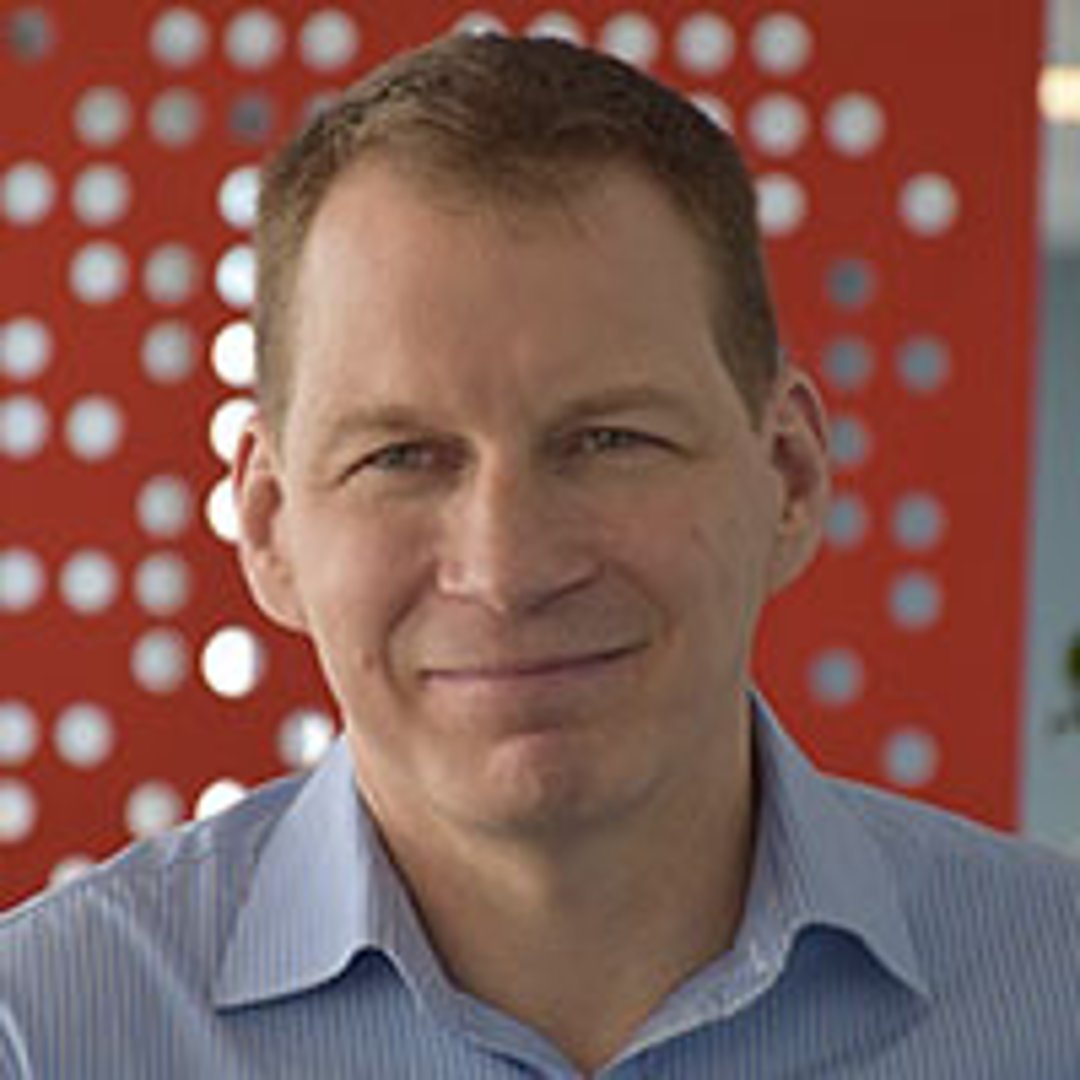The death (and rebirth) of the salesman

Published 2025-04-15
Summary - Sales has undergone an evolution in recent decades. Salespeople had to evolve as well, or risk being terrible at what they were once good at.
My twenty-plus years in the software business afforded me a front row seat to watch a slow death happen. But this experience also helped me hear the drumbeat of a rebirth.
Like the characters in Arthur Miller’s Death of a Salesman, many of yesterday’s software companies and salespeople are stuck in a painful reality.
And to make matters worse, what they're stuck in is an imagined reality; it's a reality that once was but is no longer.
From the heyday to today
For those that weren’t around in the heyday of the perpetual software license model era, it was marked by high upfront costs, large IT projects, long-term deals that were locked-in for years, and salespeople with six-figure compensation packages and expensive suits relentlessly and aggressively selling.

Software sales cycles were long and drawn out, often six-to-nine month endeavours, and product development cycles were even longer. Building and bringing a product to market was expensive, and was largely by and for those at the enterprise level.
But under the surface of these deals that were chiefly by the rich and for the rich, the business world was quietly shifting.
Enter cloud, SaaS and the evolution of sales

With the shift to cloud and the rise of the Software as a Service (SaaS) industry, the whole software model was flipped. A new reality was emerging, and those salespeople who took a step back from their hustle could see that this reality was grounded in providing customer value and in doing whatever was necessary to ensure the customer's success.
Hard sales work no longer meant aggressive selling.
And fishing for customers became less about baiting the hook with something shiny and more about creating a lake they actually found valuable.
I watched the businesses I was part of struggle to remain competitive against a new breed of born-in-the-cloud, modern, pay-as-you-go solutions.
Their advantages were huge.
The low costs of standing up and selling new services in the cloud removed most of the financial barriers to entry for new vendors. And the SaaS subscription model meant customers could buy affordable solutions often with a monthly credit card charge.
The economics meant great software services were now accessible to companies no matter what their size. These solutions essentially were self-service with little to know IT help required.
No more large upfront costs. No more long-term contracts that made it all but impossible to cancel.
A real customer-first model was born.
What it's like working in this model
For starters, the worst part of the salesman in me has died and from its ashes grew the part of selling that I most enjoyed: the art of listening to potential customers to understand their challenges.
Here at Klipfolio, where I've been for over two years, we have all of the advantages of the new software reality.
Our simple customer success motto, which would have been laughed at years ago, is what helps us thrive today:
“If the customer succeeds, they'll buy and they'll stay.”
Everything is focused on their success, not ours.
Which means we don’t really sell at Klipfolio; we work hard to make sure people know we can help them solve a problem, and then we work hard to help them solve it—even if it means pointing them away from our solution.
Although we have a group that is responsible to grow revenue, they are part of the Customer Success Team alongside support and professional services.
Note: I did not say "helping them find a solution."
Outbound to inbound

Another major reality is that web scale marketing and economics (and the free product trial period) have all but eliminated the need for costly outbound selling.
Hardcore selling has no sustainable value as customers who buy are never locked-in and the monthly churn reality and bite back can be harsh when it happens.
Plus, people no longer want you to tell them what's available. They don't want you knocking on their door. They are more empowered than ever to search for their own solution, read reviews from others, and make their own decision.
As this type of outbound selling began to die off, so too did marketing's belief in screaming the loudest.
Truth is, marketing and sales have never been so intertwined.
For many modern companies, marketing sets the pace with search engine optimization (SEO) and a breathtaking focus on creating content that can lead to quality trial starts. Sales then takes it from there, engaging with potential customers who are not only aware of the product but are actually considering it as a solution to their challenges.
Much has been written on the fine art of marketing in this new digital world, but let me sum it up like this: none of this new sales rebirth can work without successful top-of-the-funnel marketing efforts.
In other words, when marketing gets a cold, sales gets the fever.
Some final thoughts
This new reality has democratized software availability for companies of all sizes, which has opened up an amazing opportunity for those willing to participate in just about any market. The SMB market, for example, is estimated to have over 50 million small-to-medium-sized businesses globally.
While it's easy to paint with a broad brush and declare the death of something, grace and truth often live in nuance.
All to say: The pure and deep sales profession of customer success-centric selling is not really new, and neither are the people who make it their profession. And those aggressive selling tactics still work in a select few industries.
But most of us salespeople now work in industries that reward us far more for bringing out the best parts of our characters.
Rupert Bonham-Carter is the Chief Customer Success Officer at Klipfolio. When he's not driving revenue, he's tracking performance on his Saleforce Dashboard.
Related Articles

10 Important Sales Enablement Metrics You Shouldn't Miss
By Grace Lau — January 25th, 2022
How to use lifecycle stages and lead status in HubSpot
By Jonathan Taylor — January 20th, 2022
Build Better Sales Reports by Collecting the Right Data with HubSpot
By Andrea Moxham — August 16th, 2021

